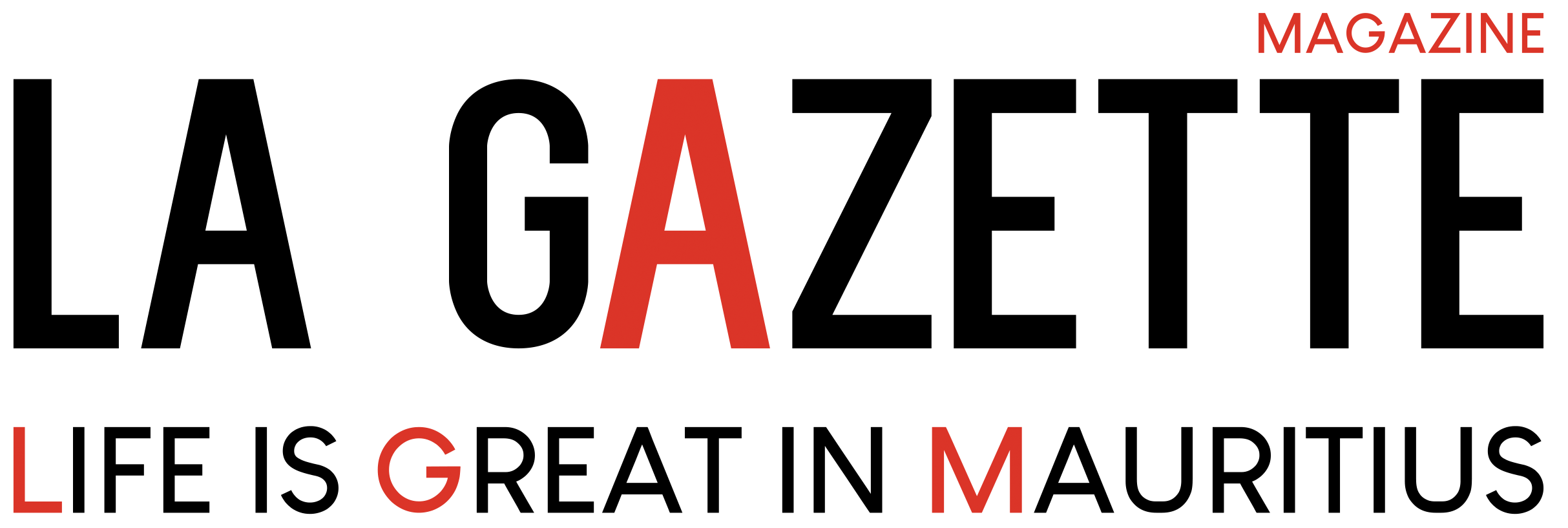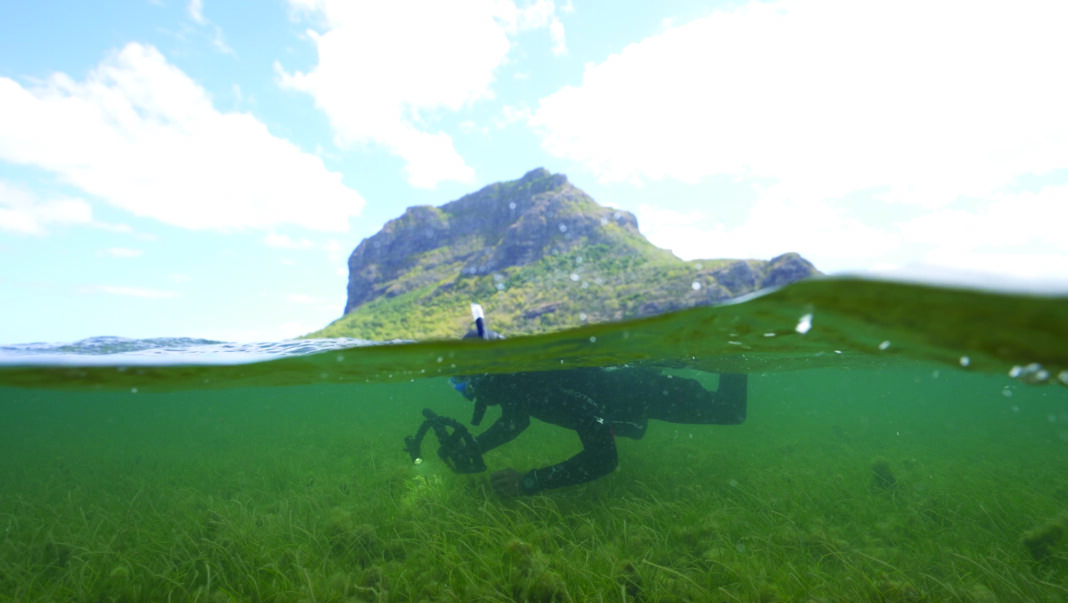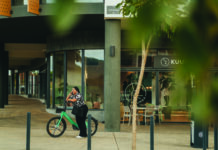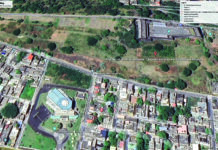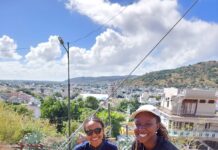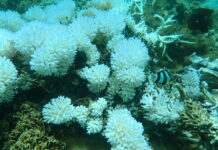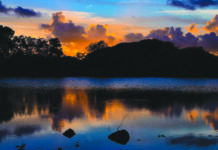A year ago, the Odysseo Oceanarium and its marine foundation launched a project that could improve the restoration of the seagrass beds surrounding Maurice. Rather than taking seedlings from a seagrass meadow and transplanting them elsewhere, as is common practice, they propose to collect the seeds of different species, germinate them in the laboratory and grow them in a marine nursery, before replanting them in their natural environment. Dominique Bellier
Supported by several partners, this project began in May 2024 and the first seagrass nursery should be ready by mid-2025, at Odysseo itself. The first shoots will initially be used to create and supply other nurseries, like the one Four Season wants to install in place of its barachois.
Unlike algae, seagrasses have flowers, fruits, seeds, roots and leaves, like land plants, and produce oxygen. To overcome the lack of field data in Mauritius on their seasonality, the scientific team is studying their life rhythms, in particular to determine the periods of seed emission. It is also focusing on developing the most appropriate techniques for harvesting them and the first stages of nursery cultivation. The Australian experience can provide inspiration in these areas. Harvesting is done by hand, one of the difficulties being the minuscule size of the seeds of certain species, of the order of a grain of sand for halophiles. Mauritius has six species, better known by their common names of dugong grass, turtle grass, spatula grass or spaghetti grass…
Seagrass beds capture carbon more intensively than our tropical forests. Nurseries for numerous fish and crustaceans, they also act as a larder, a pollution remover and protect us from erosion…
Photo credits: © Odysseo Oceanarium Mauritius


